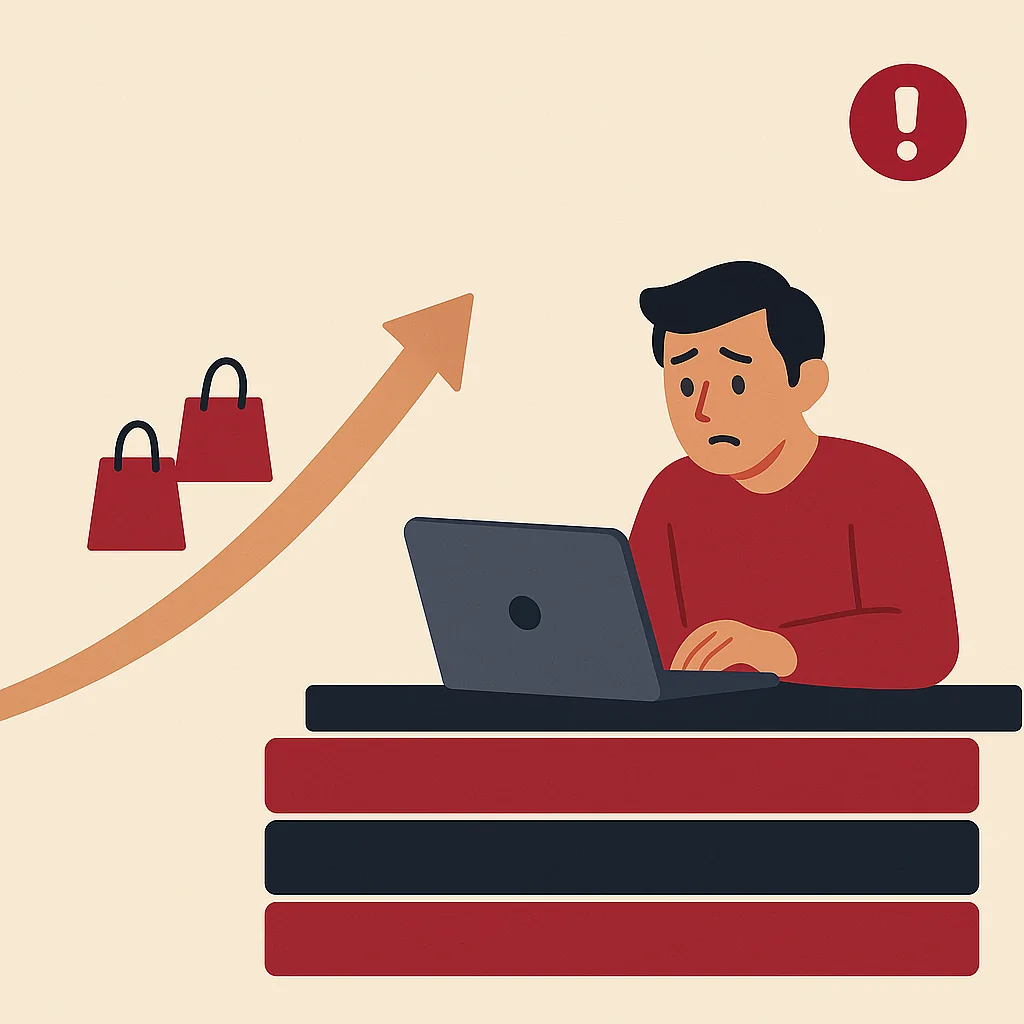The Difference Between Product Marketing and Brand Marketing — What Does Building a Brand Identity Really Mean?
🟦 Introduction
Brand owners often confuse promoting a specific product with marketing their entire brand. In this article, we clarify the core differences between marketing a single product and building a brand, with a focus on the visual and verbal identity that shapes customer perception.
📈 Target Audience
- Brand owners seeking long-term growth
- Marketing professionals aiming to foster genuine customer loyalty
🔄 Content
1. Product Marketing: Focused on Immediate Needs
When you market a product, you’re promoting a specific solution to a defined problem. The campaign highlights features, pricing, benefits, and time-sensitive offers. The results are usually short-term, such as increased sales during a promotional period or seasonal campaign.
However, this approach does not build a lasting relationship with your audience. It creates loyalty to the product, not to the brand behind it.
2. Brand Marketing: Building Trust Before the Sale
Brand marketing goes beyond the product. It’s about values, vision, and the overall impression a customer forms of your business—even before making a purchase. When customers trust your brand, they are more likely to try new products you release.
Here, it’s less about price and more about the emotional connection a customer associates with your name.
3. What Does Building a Brand Identity Mean?
Your brand identity is everything a customer sees, hears, and feels when engaging with your business:
- Logos, colors, and fonts
- Communication style and content tone
- Values reflected in your posts and campaigns
- Delivery experience, packaging, and customer service
Identity is what makes your brand instantly recognizable among dozens of competitors—without a second thought.
4. Why Do Brands Need a Different Marketing Strategy?
Owning a brand means you’re not just selling a product—you’re delivering a promise and ongoing value. That requires:
- A long-term content strategy
- A unified communication style that reflects your personality
- A mix of emotional and experiential marketing
In contrast, product marketing might succeed with a single ad campaign, but it won’t build a loyal audience over time.
5. When to Focus on Product vs. Brand?
- Product: During early launch phases or limited-time promotions
- Brand: Always — as it’s what sustains your market presence, even as products change
The strongest brands are those whose products are trusted because they carry a name the audience already knows and loves.
🔶 Conclusion
Smart marketing isn’t just about selling a product—it’s about building a relationship. Your brand is your identity; the product is simply a means of expressing it. If you aim for long-term growth, begin by establishing a clear and consistent identity.
📞 Contact Us
Shift from temporary sales to lasting impact with the Ninja Sellers Group team, specialized in brand building. Click here to contact us on WhatsApp




